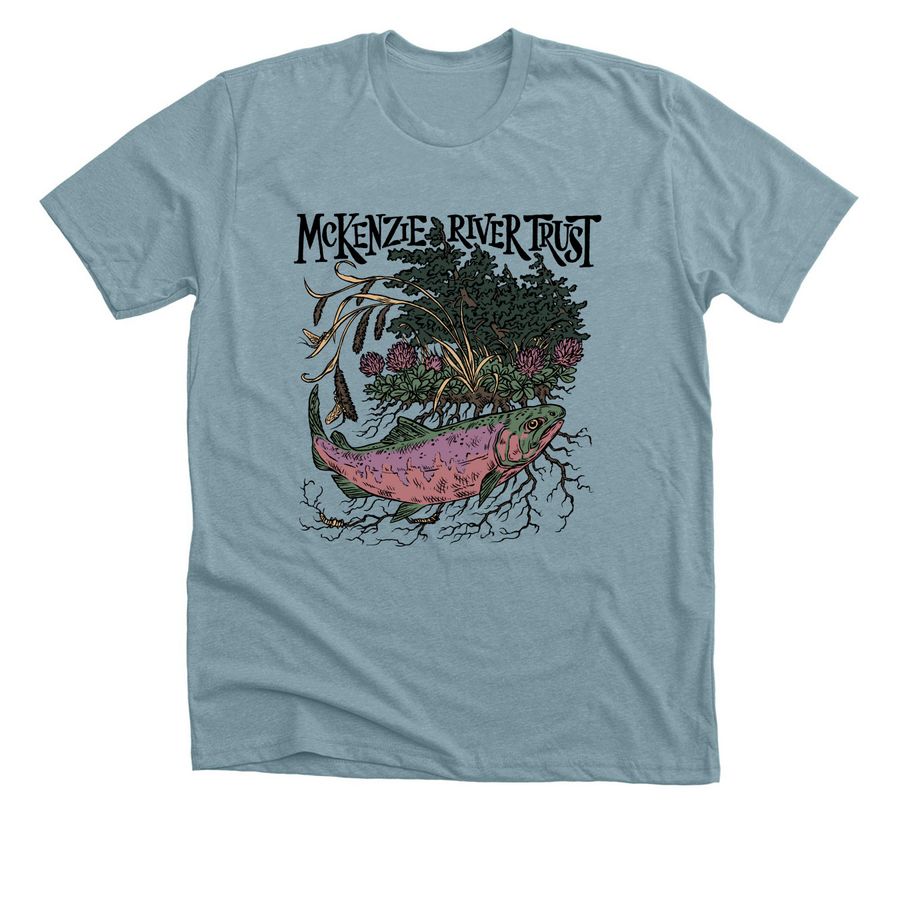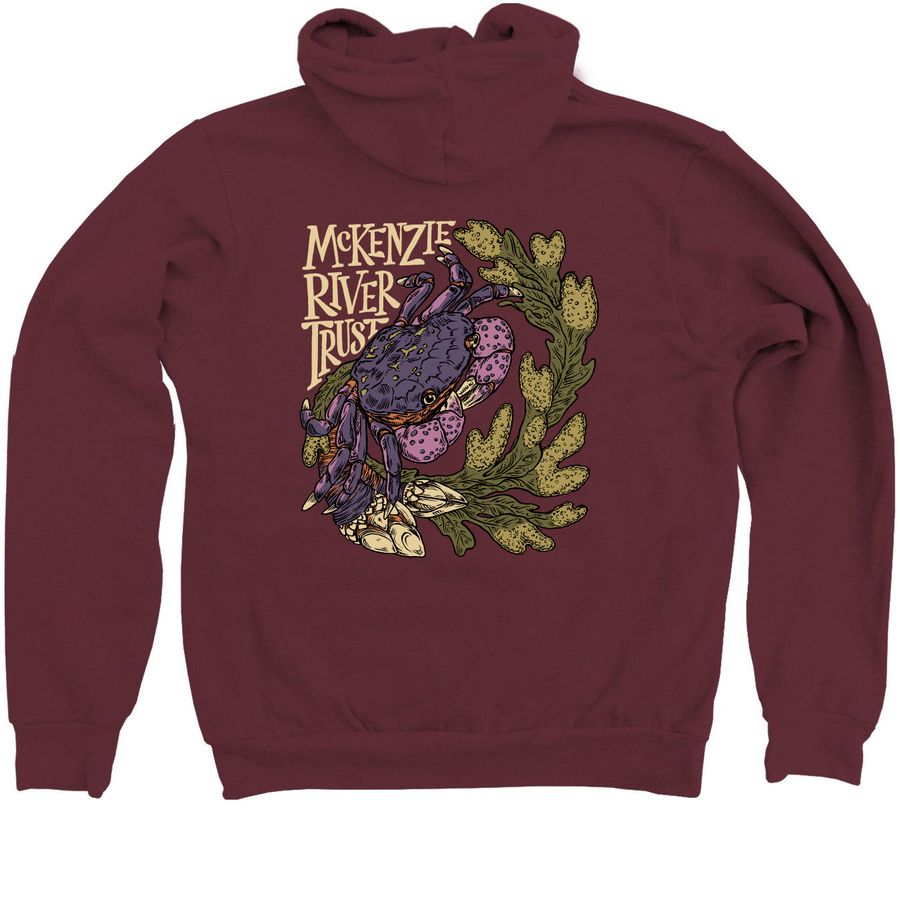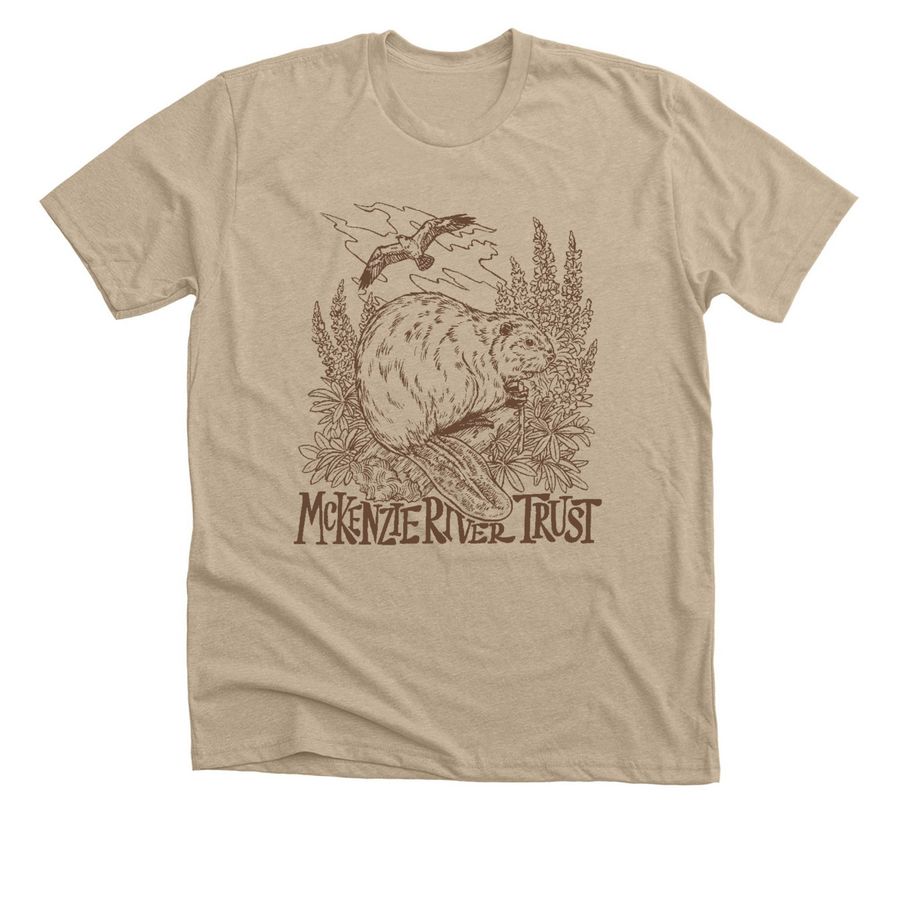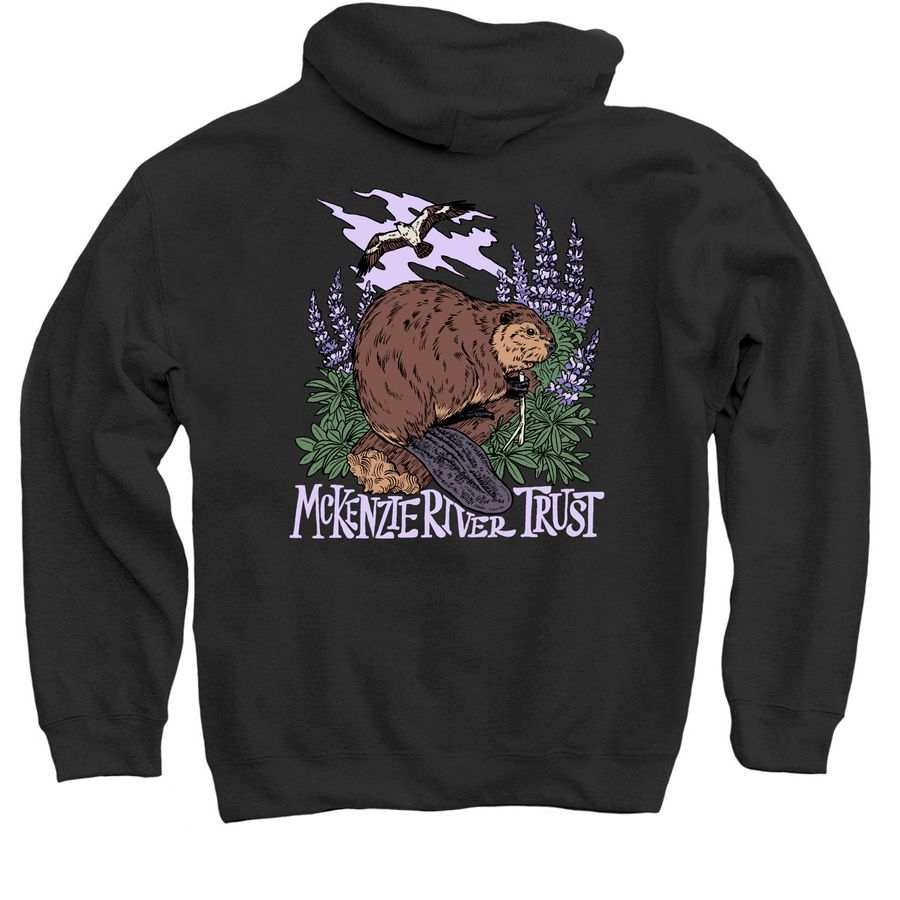Cynthia Pappas
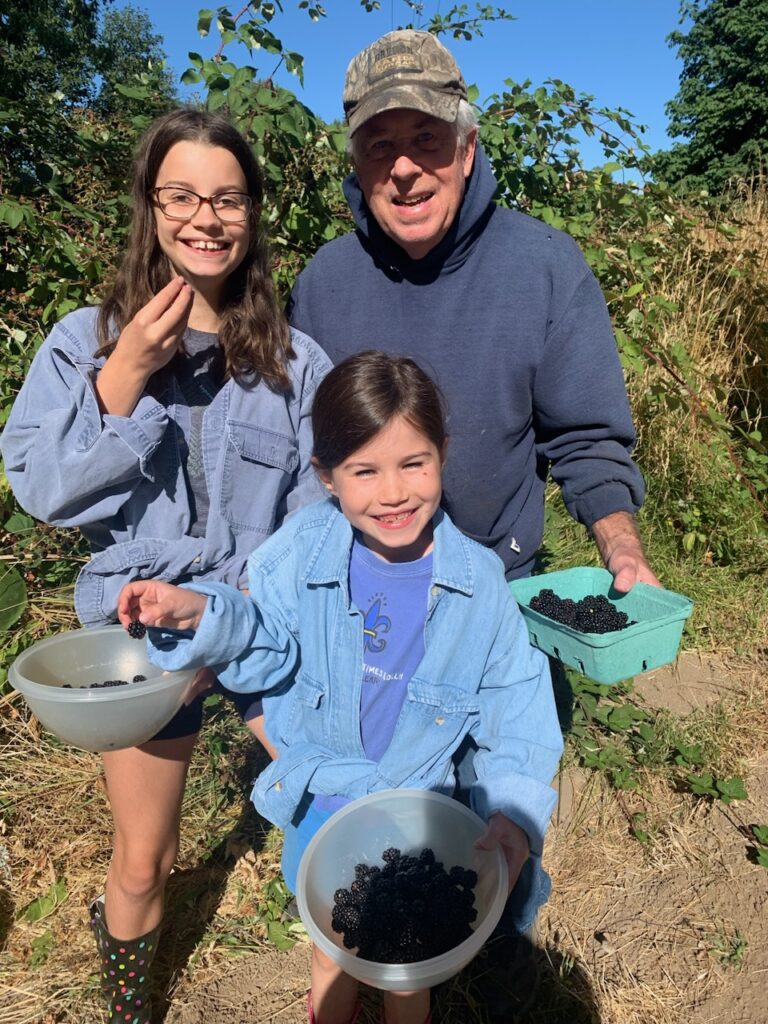
Place-Based
The world is full of magical things, patiently waiting for our senses to grow sharper.
-B. Yeats
I planted myself on this 66-acre farm in the McKenzie River watershed in western Oregon more than 36 years ago when I married my farmer husband. The farm is all pasture grass now, but used to be planted in row crops and raspberries. George has lived on the property for 50 years. The expanse looking north, toward the Coburg Hills, gives me breathing room. After living for 26 years in a city, the deep quiet was initially disorienting. As I learned the stories of the animals and plants that live here, and their songs and sounds, I began to rewild my soul.
It was unintentional at first, the noticing. But then it became intentional as I started to mark arrivals and anniversaries of plants and animals on my calendar. What day did the tree swallows return in April? How many clutches of California quail hatched last year? What day did we harvest our first asparagus from the west patch? When did the osoberry bloom last year? When do the great egrets return to forage in the creek?
Even after moving to the farm I was still CEO of a regional nonprofit, and weekdays consisted of heading to work in the early morning, in the dark, and coming home from work, in the dark. Initially, I didn’t have focus for the fresh, astringent smell of the witch hazel blooming. Or notice the soft pink Lenten roses braving winter’s chill to fill the yard with blossoms. All tangible signs of winter’s end and the start of a new season. Since retiring eight years ago, I spend more time on the farm and am opening fully to the richness of this place. Merging my life with the seasons and the soil reminds me to celebrate small miracles all year long.
In early spring, a doe with her sweet twins bed down near the creek and I often see them crossing our road toward the river where they forage for breakfast. Mom crosses first, handily clearing the 6-foot-high pasture fence. The twins follow by scooting under the lowest strand of electric wire.
In March the killdeer pair return to nest on the rocks between our vegetable garden and pasture. Their loud, jittering warning call keeps us guessing which slight indentation in the rocks is the actual nest. Once we find it, we focus the spotting scope on the nest and keep vigil from the living room for 28 days until the young fledge.
I wake to the cheerful rise and fall of the follow my leader call of red-winged blackbirds who are first to the feeders each morning. April brings the heady smell of blooming lilacs. I pick voluminous bouquets to bring spring’s fragrance inside. The tightly bound buds of the dogwood awaken, spreading wide their white bracts, and tulips emerge in rainbow hues. Almost every dinner in late April includes asparagus from our patch as we try to keep up with half a pound a day. As Robin Kimmerer says, in “Braiding Sweetgrass”, when we take care of the land, it takes care of us.
The miracle of deep purple clematis begins to unfurl from what appear to be dead, woody vines. Simultaneously with the currant bush blooming, Anna’s hummingbirds arrive, although they don’t nest on our property. It is the rufous hummingbird who will nest in the wisteria vine. At twilight we are serenaded by the incessant thrum of chorus frogs.
We wait for a couple of consecutive dry days to till the deep coffee-colored loam, then throw our energy into planting shallots, spinach, peas, broccoli, onions, potatoes, edible flowers, and cabbage. We get them into the ground in a marathon of muddy knees and bent backs, so the seeds have the benefit of the soft spring rain. We sow the remaining seeds in early May. I’ve learned that farmers don’t do small gardens. Ours covers almost a quarter acre.
As we’re getting the garden planted, tree swallows return. They swoop overhead and dart among the eight nesting boxes that we’ve nailed to the garden fence posts. After much squabbling, they decide who will nest where.
The landscape is a hundred shades of green by May. When I sit on the deck and stare across the expanse of pasture to the Coburg Hills, a lightness fills my soul. The view is restful; I’ve learned I need this space to breathe. The pasture grass is growing and full of nutrients, so the cows no longer need to be fed hay every day. Calving season has ended. In early June the weather watch begins for that perfect seven-day window of sunny days and dry nights allowing for cutting, raking, drying and baling hay. I walk the fields and breathe in the smell of clover. The perfume of place has seeped into my pores. When the red hot poker plant begins to bloom, black-headed grosbeaks and bullock’s oriole arrive, in all their raucousness.
July, August and September are glorious reward for slogging through the wet winter and spring. We eat dinner on the back deck and linger with a glass of wine until it’s too dark at 10 pm to clear the dishes. Every meal is harvested from the garden, 30 feet from our back door. We measure our wealth by growing enough to give away.
There is always work to do on the farm. But I like to work. Engaging in an intimacy with the land keeps me grounded, so I don’t live in my head. Intellectualizing is nowhere near as fulfilling as getting my hands dirty and calloused. Tending the land and making meals from plants grown in the garden creates a filament that runs from my hands to my heart.
The gifts of this place are many. The merganser pair, on the best-dressed duck list, paddle in the creek. We pick blackberries along the edge of our pasture in August with our granddaughters and make ice cream. At day’s end I sit in the hot tub to soak my tired muscles. The great horned owl glides silently over the tub, frequenting our pasture on his hunting forays. So much beauty and breathing space. I stretch my skin in the summer months to capture as much Vitamin D as possible before the winter months of cozying-in begin.
I feel rich in the number of bird species that frequent our place. I wasn’t a birder before I moved to the farm. I thrill to the laughing wuck wuck of the pileated woodpecker couple who feed in the cottonwood snag along Cedar Creek. Osprey chirp high overhead, floating on updrafts in the cobalt sky. The shy, solitary white-breasted nuthatch feeds at our sunflower feeder under cover of the maple. I watch him most mornings out the kitchen window. A stocky Belted Kingfisher perches low over the creek, emitting a constant chiddering rattle.
This farm has imprinted itself deeply into my DNA; I can no longer imagine living anywhere else. I am home. This is where my story is written.

